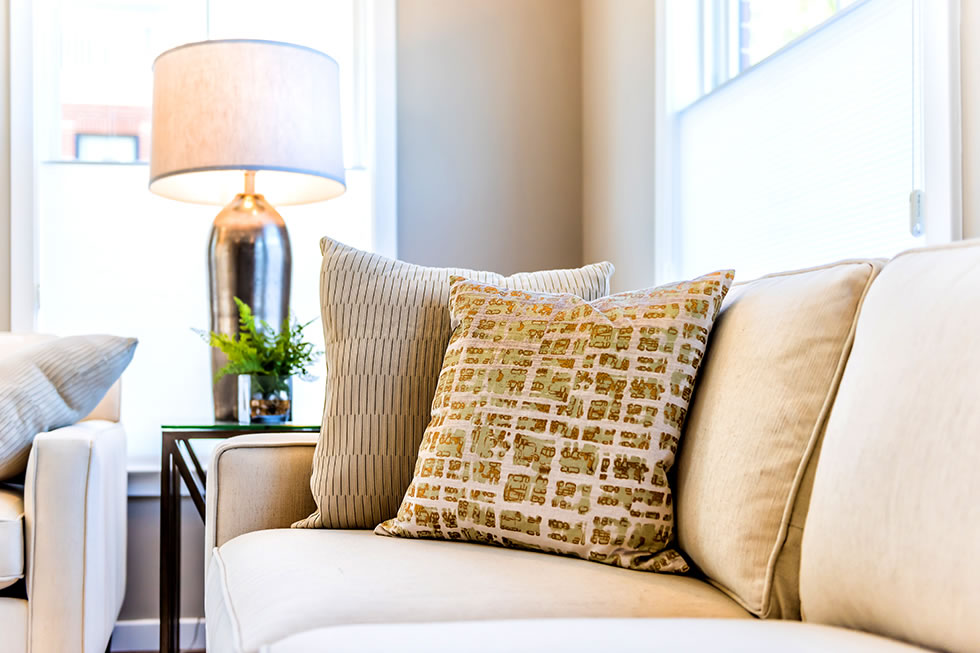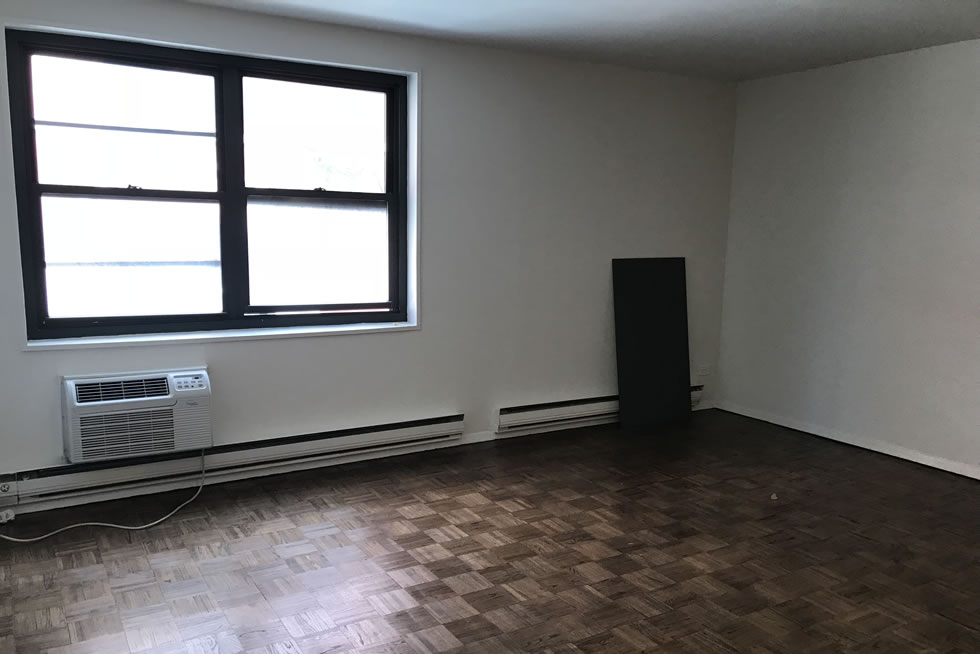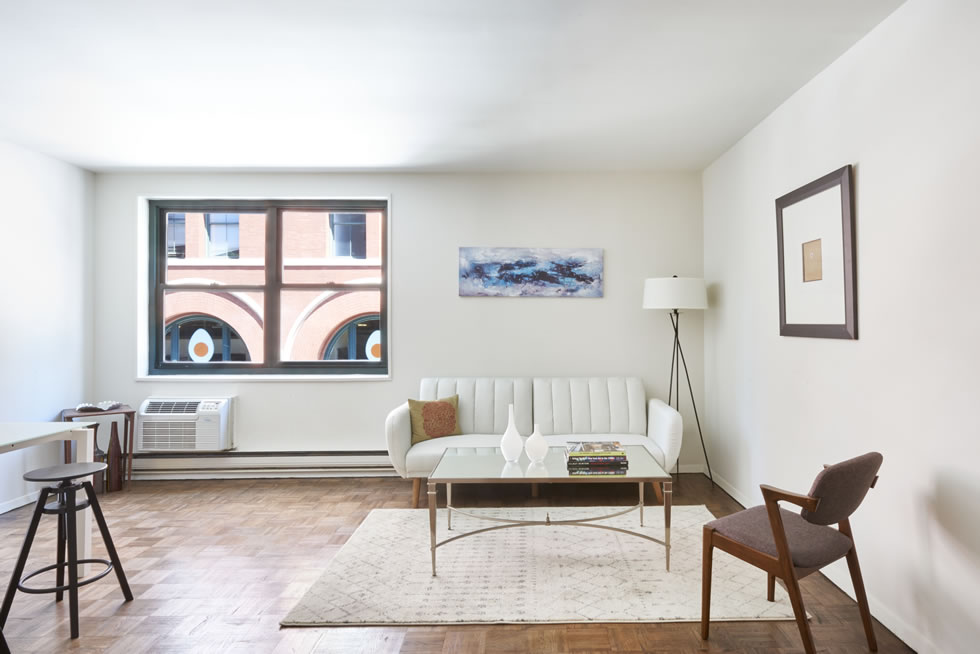
In the thick of the house-selling season, especially if you live in a market where sellers dominate the market because of a limited number of homes for sale, you may think staging is something you can safely skip. Think again. Fifty percent of agents said that staging increases the dollar value of offers on a home by one to 10 percent, according to the National Association of Realtor’s Profile of Home Staging. In addition, 39 percent of agents said that staging greatly decreases the amount of time a home is on the market.
"Selling your home is like selling any new product: You want to make a great first impression," said Samantha Rose Frith, a real estate agent with Warburg Realty in New York City. "Once you’ve listed your home for sale, the first two weeks are going to be the most important. That’s when your listing is fresh and it will invariably draw the largest number of buyers to open houses and showings."
Staging your home, especially if its vacant, represents one of the best ways to make that good impression.
"Many of our clients ask us why a potential buyer needs to see someone else’s furniture in a house they’re considering buying.," said Joel Moss, a real estate agent with Warburg Realty in New York City. "It’s a good question and one that points to one of the great paradoxes of selling a home: An empty house seems smaller than a furnished one—the presence of furniture actually expands the sense of space in a home and makes it feel larger. Not only that, it’s difficult for even the most discerning buyer to envisage living in an apartment or house if it’s empty."
"Staging on a Dime" tips
Frith and Moss provide their sellers with inexpensive staging as well as brokerage services as a single package, rather than outsourcing the work to a stager. Some of their suggestions include:
- Paint! Don’t overlook the value of a quality paint job in making a good first impression. Keep the palette neutral and light (we usually recommend decorator’s or linen white, although light gray works nicely too). This is especially important if the home or apartment is painted a bold or dark color.
- Make small repairs. The minute a potential buyer enters a property, they will start making a mental checklist of all the reasons the property isn’t worth the asking price. A leaky faucet or moldy caulk might not seem like a big deal if you’ve lived there for the last ten years, but they will almost always factor into a lower offer.
- Emphasize the space. Not only do rooms in empty homes seem smaller than they are, they rarely photograph well. If there’s no furniture there, get your hands on some, either by renting or borrowing it.
- Keep it real. If you really want to see how your favorite couch will fit into that living room, so-called "virtual staging" tools may allow you to do so. The same goes for sellers: It’s possible to add images of furniture to photographs to show a home’s potential, which can help a buyer see what they might do with it. But none of that has lessened the value of actual staging. Even if you want to do some virtual staging, you should set aside some of your budget for actual staging – taking the steps to paint, furnish and decorate your home.
- Brighter is always better. Your staging shouldn’t just emphasize the space in a home—it should also emphasize the light. Make sure your property is well lit and use torch lamps if a room doesn’t get a lot of natural light. We also find that replacing LED bulbs with bulbs that give it a warmer feel has a beneficial effect on buyer interest.
- Warm it up! Use blankets, pillows, rugs and art to add warmth to a room. Plants and flowers can do the same thing and always bring a breath of life into a home.
Consult your real estate agent to discuss the cost and benefits of staging before you put your home on the market.
Before Staging

After Staging

